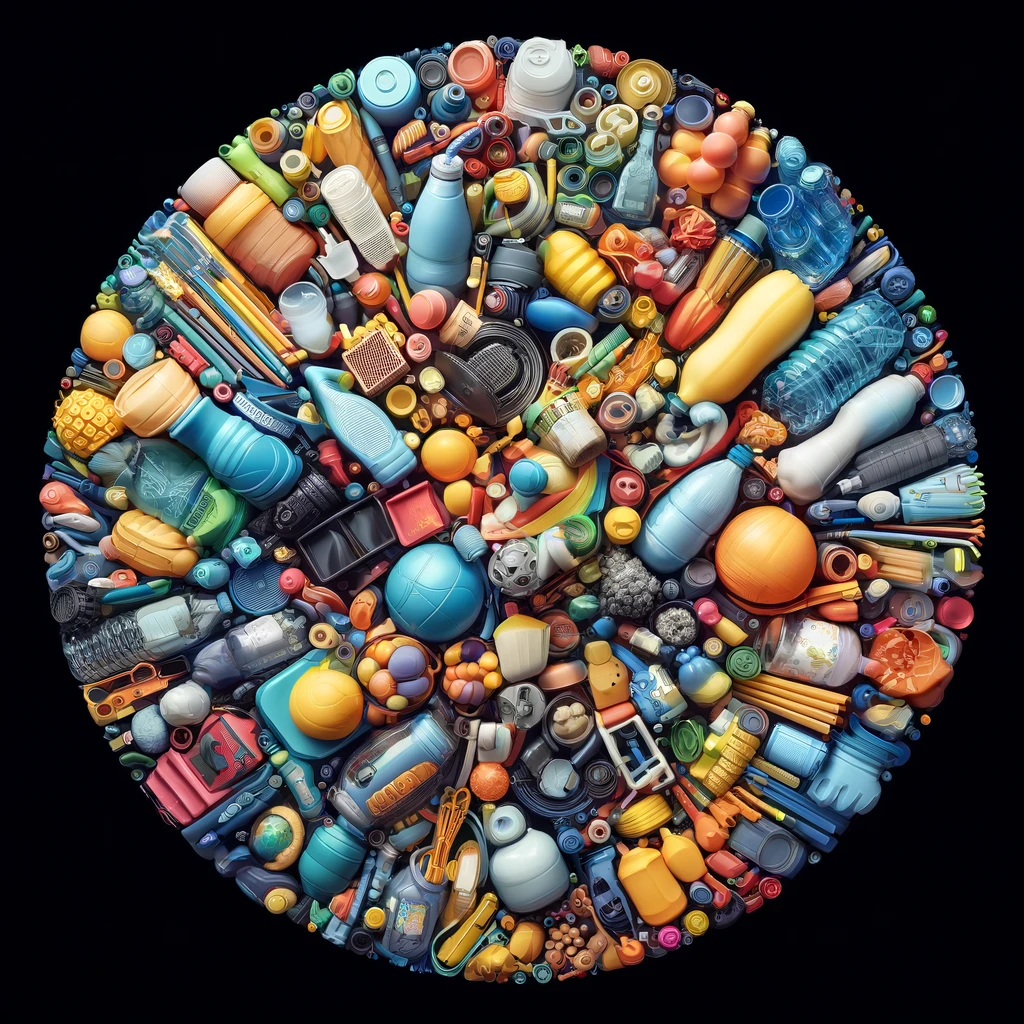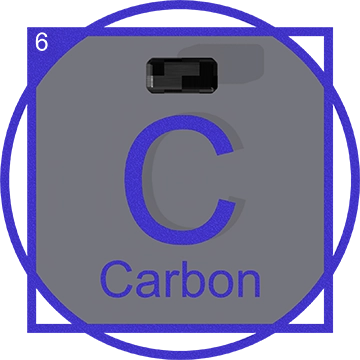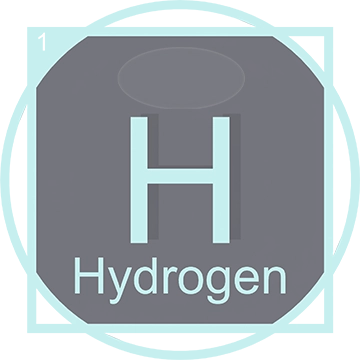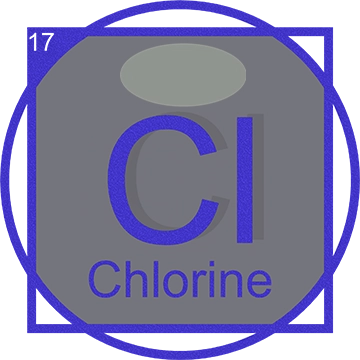Understanding Plastics: From Elements to Applications and Beyond
In the modern world, plastics are everywhere: from packaging to electronics and automotive components, they have transformed everyday life. But what makes plastics so versatile and how do they connect to the periodic table? In this article, we’ll delve into the composition, production, applications, and environmental impact of plastics, exploring the fascinating connection between these ubiquitous materials and the elements from which they are made.
1. Composition and Structure of Plastics

Plastics, a form of synthetic polymer, are composed mainly of carbon and hydrogen atoms, which form the backbone of these long chains. Many also contain oxygen, nitrogen, chlorine, or fluorine, giving them unique properties. The structure of these polymers varies based on the specific arrangement of monomers, the smaller repeating units that form the polymer chains.
Common Monomers and Their Structures:
- Ethylene (C₂H₄): The basis of polyethylene, one of the world's most-used plastics.
- Propylene (C₃H₆): Forms polypropylene, used in packaging and textiles.
- Vinyl Chloride (C₂H₃Cl): Forms polyvinyl chloride (PVC), often found in piping.
2. Types of Plastics and Their Monomers

Plastics are broadly categorized into two types:
- Thermoplastics: Can be melted and remolded repeatedly. Examples include polyethylene and polypropylene.
- Thermosetting Plastics: Once hardened, they can't be remolded. Examples include epoxy and phenolic resins.
Each type has unique monomers and chemical structures, influencing its thermal and mechanical properties.
3. Sourcing of Elements for Plastics
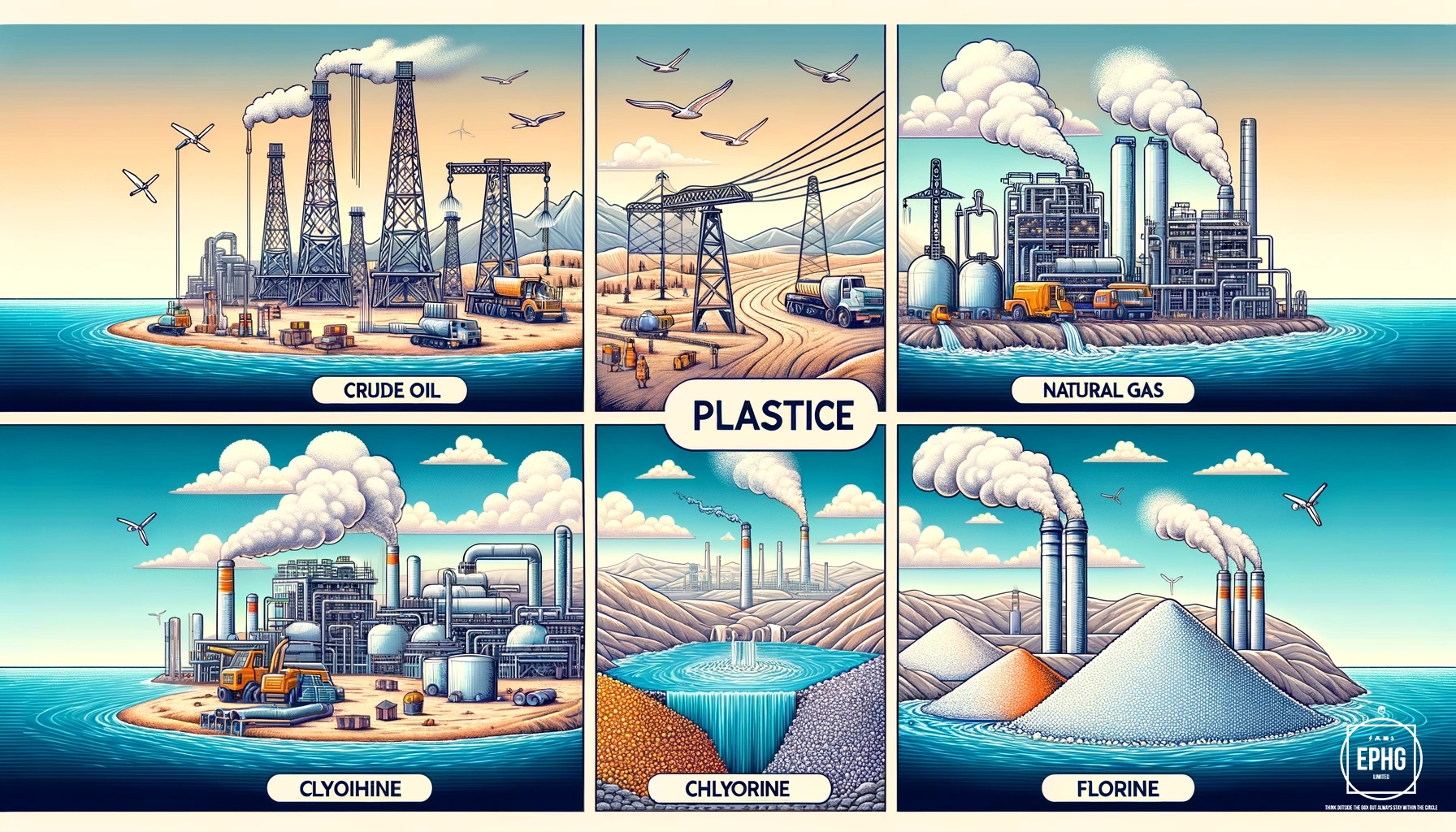
Many of the elements involved in plastic production are mined globally. Carbon and hydrogen are sourced from crude oil or natural gas. Other significant elements include:
- Chlorine: Extracted from salt (NaCl) in large-scale industrial processes and used in PVC production.
- Fluorine: Found in minerals such as fluorite, primarily for the production of polytetrafluoroethylene (PTFE), or Teflon.
Periodic Table Reference to explore these elements.
4. Manufacturing Process and Chemical Reactions in Plastics
Plastics are manufactured primarily through polymerization reactions, where monomers bond together to form long polymer chains. Key types include:
- Addition Polymerization: Common in polyethylene and polypropylene production.
- Condensation Polymerization: Used for polyesters and polyamides (nylons).
Catalysts, such as titanium compounds, are often used to facilitate these processes.
5. Properties and Applications of Different Plastics

- Polyethylene: Lightweight, durable, and resistant to moisture. Used in packaging and containers.
- Polypropylene: High tensile strength, suitable for automotive parts and textiles.
- PVC: Water-resistant and durable, perfect for pipes and window frames.
- Nylons (Polyamides): High mechanical strength, ideal for fibers and machine parts.
6. Environmental Impact and Recycling of Plastics
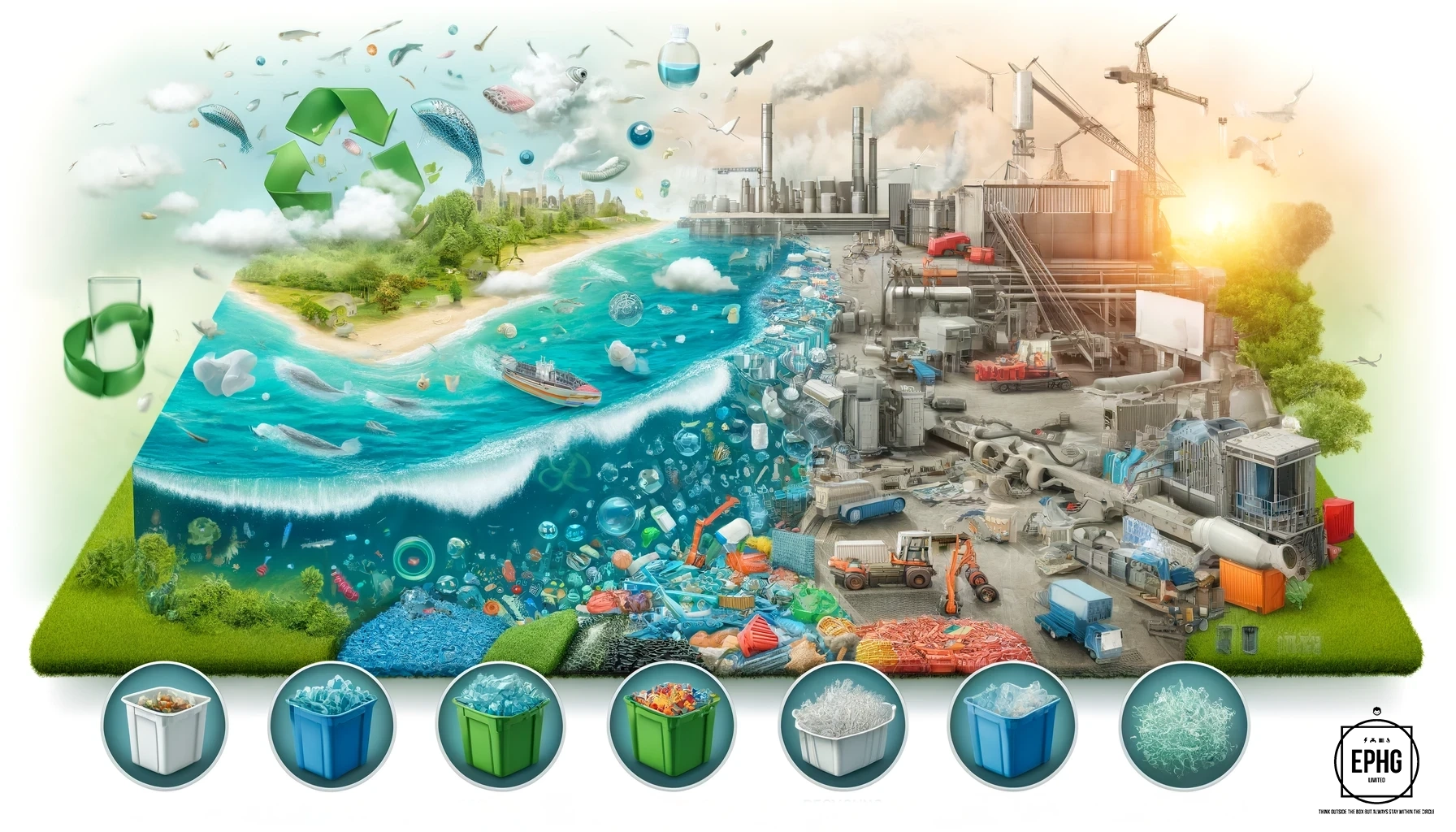
Plastics have a significant environmental footprint due to their durability and resistance to decomposition. Microplastics pose a particular challenge, contaminating water and food chains, affecting marine and terrestrial life. However, recycling efforts have improved, with more effective sorting and processing techniques. Additionally, innovations like biodegradable and bio-based plastics offer new solutions, potentially reducing pollution and promoting sustainability in the industry.
7. Future Trends in Plastic Development
- Green Chemistry Approaches: Finding sustainable ways to source plastic precursors, such as bio-based monomers.
- Additive Innovations: Developing additives that enhance properties while reducing environmental impact.
- Alternatives and Emerging Biodegradable Polymers: Including polylactic acid (PLA) and polyhydroxyalkanoates (PHA).

This wide, futuristic image showcases the next 100 years of plastic development across three key areas. The first section features labs developing bio-based monomers, emphasizing green chemistry. The second illustrates a facility enhancing plastics with eco-friendly additives. Finally, the third part displays fields and factories producing biodegradable polymers like PLA and PHA. This image projects a future where plastics align more closely with environmental sustainability.
